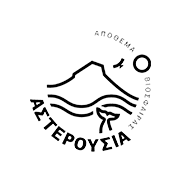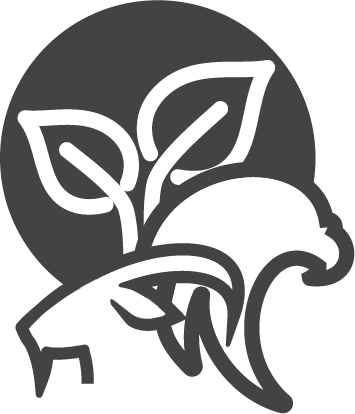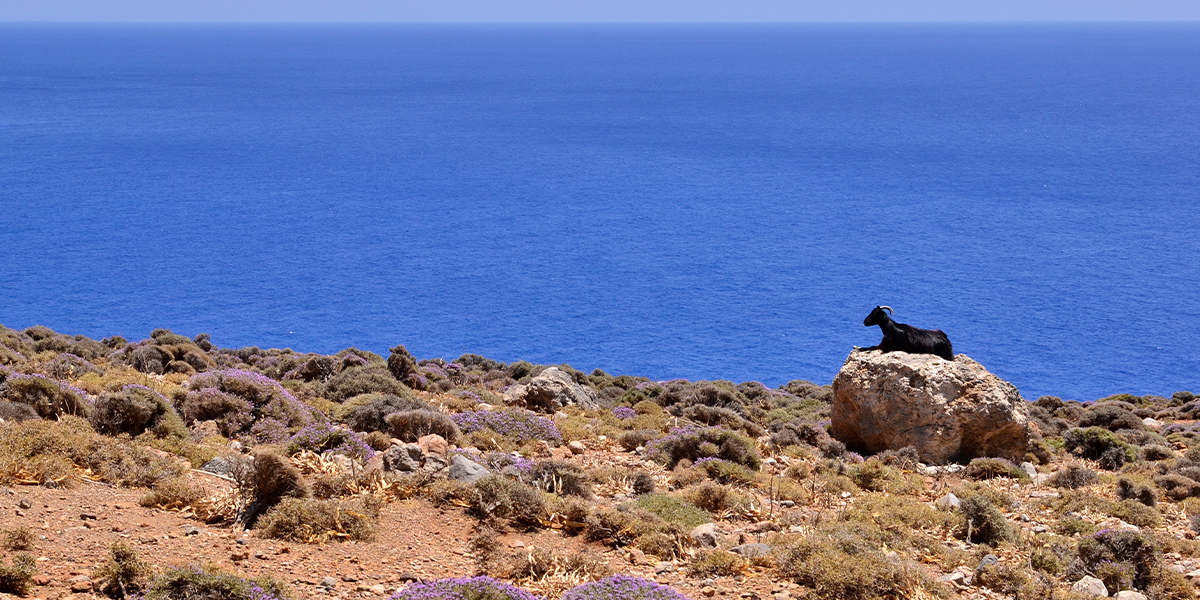Flora and fauna
- Home
- Environment
- Flora and fauna
Crete is one of the most significant areas when it comes to preserving biodiversity in the Mediterranean. Within Crete, the contribution of Asterousia in this biodiversity is of utmost importance.
Given the fact that the Asterousia Mountains are located in the southernmost point of Europe, they include many important types of habitats typical of the Mediterranean biogeographical zone in which they belong.
This unique ecosystem results from the extraordinary geomorphological characteristics of the area, the historically strong human presence, and the productive activities (agriculture and livestock husbandry) in the area.
In particular, the Asterousia region covers a surface area of 367 square kilometers and a wide coastal and marine zone facing the Southern Sea of Crete, where 1,800 species of plants, 180 of which are steno-endemic, can be found. Moreover, 14 different types of habitats of European – Community significance have been recorded, as well as a great number of different species of flora and fauna which are protected by National – Community legislation. Asterousia are also home to rare species of birds, mammals, reptiles, and amphibians such as the sea turtle, the Mediterranean seal, and different species of dolphins.
In the Asterousia Mountains, there are many significant areas, as far as biodiversity and the preservation of the natural environment are concerned. More specifically, a large part of the region is included in the protected areas of the Natura network:
-One Special Protection Area (SPA) for bird fauna, code GR 4310013 –“the Asterousia Mountains”.
-Two Special Areas of Conservation (SAC) for flora, fauna, and ecosystems, code GR4310005 –“Asterousia”, as well as part of the Special Area of Conservation with code GR4310004 –“Western Asterousia”.
The following have also been recorded in the area:
-3 Wildlife Reserves (WR): Κ706 –Asterousia – Municipality of Asterousia and Kofinas, K587 Vigla – Kryo Nero (Antiskari), K806 Western Asterousia – Agiofaraggo – Municipality of Moires.
-18 types of habitats of community interest, three of which being priority habitats such as the Palm Groves with Phoenix Theophrasti. Only a few clusters have been recorded in two regions of the island (Agios Antonios in Achentrias and Agios Nikitas).
-A great number of important flora and fauna species that are protected by national and international legislation. The following have been recorded: 30 endemic plants which include Lomelosia minoana subsp. asterusica, which is steno-endemic and has only been discovered on the summit of Kofinas in Asterousia; 8 endemic species of invertebrates and 29 species of vertebrates (3 amphibians, 9 reptiles, 12 mammals), including the Cretan wild cat, for the existence of which there are various testimonies and records; 4 species of bats protected by national and international legislation; the well-known Caretta Caretta sea turtle and the Mediterranean Monachus Monachus seal, which have been sighted on the sandy beaches and in the coastal zone of the area.
The bird fauna of the area is equally significant: 192 species of birds (such as lammergeyers, vultures, Bonelli’s eagles, golden eagles), protected by national and international legislation, have been recorded in the area by specialized scientists of the Natural History Museum of Crete.
Sorry, there were no items that matched your criteria.


